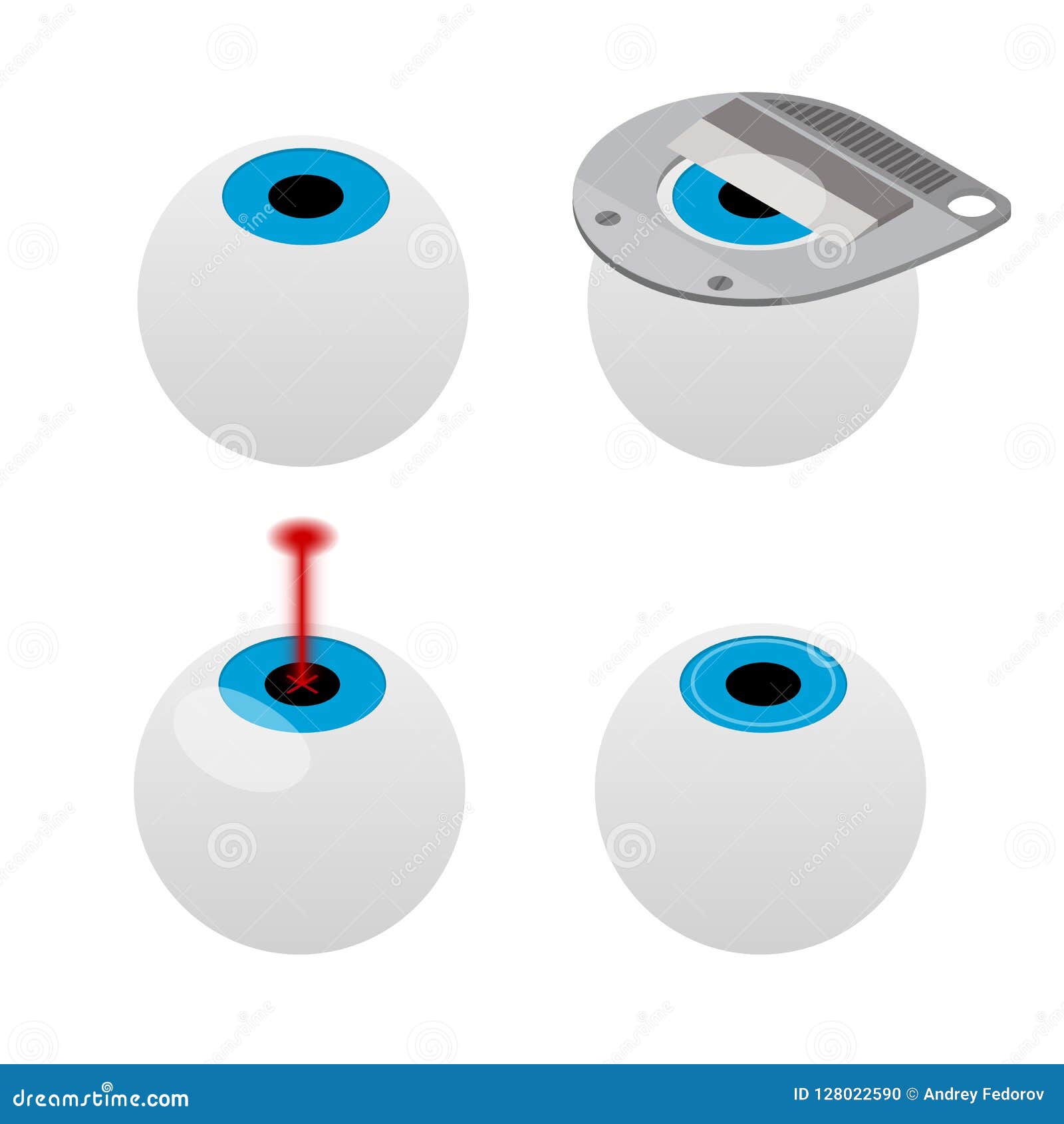A Comprehensive Evaluation Of Modern Cataract Surgery Approaches
A Comprehensive Evaluation Of Modern Cataract Surgery Approaches
Blog Article
Post Developed By-Mcfadden Meyers
As you discover the evolution of innovative cataract surgical procedure strategies, you'll witness a trip marked by resourcefulness and precision. From ancient approaches that paved the way for modern-day innovations to advanced technologies that are transforming the area, the detailed overview of cataract surgical treatment strategies is a testimony to human progression and dedication to boosting individual end results. The intricate interplay in between historic techniques and futuristic innovations produces an intriguing story that sheds light on the evolution of among the most typical surgical procedures worldwide.
Historic Strategies and Technologies
Check out just how early doctors revolutionized cataract therapy by utilizing innovative methods and devices. In the past, cataract surgical treatment was a high-risk and uncomfortable treatment. Nevertheless, old Indian medical professionals were amongst the initial to try medical treatments for cataracts, making use of a technique called 'formulating' where a sharp tool was utilized to press the cataract back into the eye. This method, though crude by today's criteria, laid the groundwork for future developments in cataract surgical procedure.
As time advanced, Arab doctors made considerable contributions by creating specialized needles for cataract removal. These needles were used to puncture the cataract and after that extract it from the eye, noting a substantial renovation in surgical precision.
Later, in the 18th century, the French doctor Jacques Daviel pioneered the method of extracapsular cataract removal, where the entire lens was gotten rid of intact via a larger laceration. This noted a significant innovation in cataract surgical procedure strategies, paving the way for the modern treatments we use today.
Modern Surgical Approaches
Early techniques in cataract surgery have evolved substantially, bring about the development of modern-day surgical methods that focus on accuracy and improved individual results. Modern cataract surgical treatment now typically includes a treatment called phacoemulsification, where an ultrasonic device breaks up the cataract for elimination with a small laceration. https://elliotlgauo.wssblogs.com/30305452/understanding-the-threats-and-also-adverse-effects-of-laser-vision-modification permits quicker recovery and lowers the threat of difficulties compared to older techniques.
Additionally, using innovative intraocular lenses (IOLs) has changed cataract surgical treatment end results. These lenses can deal with not only the cataract yet additionally other refractive mistakes like astigmatism, reducing the demand for glasses post-surgery.
Surgeons today likewise have access to advanced imaging innovations that help in specific preoperative planning and intraoperative decision-making. Optical comprehensibility tomography (OCT) and other imaging modalities give comprehensive pictures of the eye's frameworks, enabling a much more tailored strategy to each client's surgical treatment. With these innovations, modern-day cataract surgical treatment strategies remain to enhance, offering patients safer procedures and far better aesthetic end results.
Emerging Technologies in Cataract Surgical Treatment
With innovations in technology changing the field, cataract surgical procedure is observing the assimilation of cutting-edge strategies for enhanced client results. Arising modern technologies in cataract surgical treatment are improving the landscape of ophthalmic treatments. https://m.gulf-times.com/story/674487/HMC-opens-new-laser-vision-correction-unit is femtosecond laser innovation, which enables accurate corneal lacerations, capsulotomies, and lens fragmentation, resulting in boosted medical precision and outcomes.
In addition, intraoperative aberrometry is acquiring popularity, making it possible for real-time dimensions of refractive mistakes during surgical treatment to improve intraocular lens power estimations and decrease postoperative refractive surprises.
Additionally, making use of advanced imaging modern technologies like optical comprehensibility tomography (OCT) and intraoperative wavefront aberrometry help specialists in precise surgical planning and implementation. These tools offer thorough physiological details and assistance tailor medical strategies for each and every patient's one-of-a-kind eye features.
Moreover, growths in artificial intelligence are being explored to assist in preoperative preparation, intraoperative decision-making, and postoperative treatment, possibly optimizing medical results and individual satisfaction. Embracing these arising technologies in cataract surgery holds promise for additional improving patient end results and making certain the continued advancement of sensory medical techniques.
Final thought
As you journey through the history of cataract surgical procedure, you witness the improvement from old practices to innovative modern technologies. Like a phoenix rising from the ashes, cataract surgical treatment has actually progressed right into a sign of hope and advancement.
Equally as a caterpillar arises from its cocoon as a beautiful butterfly, cataract surgery has progressed right into a refined art type, offering individuals clearer vision and a brighter future.
The development proceeds, beaming a light on endless possibilities.
